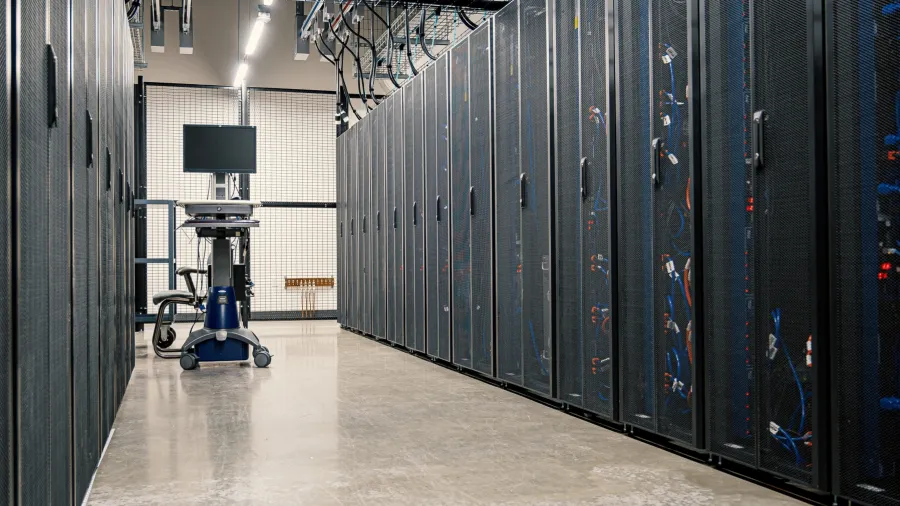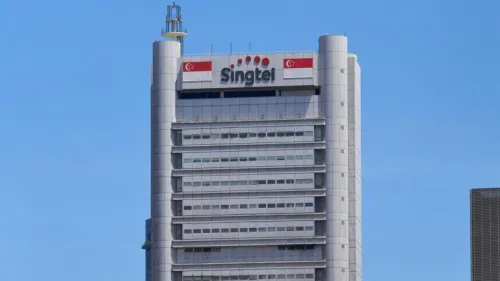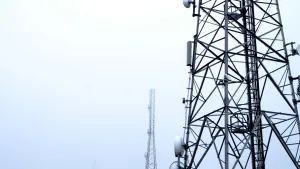
Southeast Asia rises as data centre powerhouse amidst 5G shift
Singapore, Indonesia, and Malaysia are the leading DC markets in the region.
As the world rapidly shifts to 5G connectivity, the imperative to accommodate volumes of data and traffic has never been clearer. Hyper-scale data centres (DC) stand at the forefront of this technological revolution. Amidst favourable governmental policies and cost-effective construction opportunities, Southeast Asian nations—Malaysia, Indonesia, and Singapore—are emerging as the most sought-after destinations for DC establishments.
According to a report by RHB, the typical cost to build a DC is between $7m and $12m for every megawatt (MW). Within this region, Malaysia offers a more affordable rate of $0.92 per watt, primarily due to reduced costs for land, construction, and energy, according to the DC construction cost index by Turners and Townsend for 2022. For comparison, the cost index also indicates that Singapore charges $1.15 per watt, whilst Jakarta's rate stands at $0.95 per watt.
Industrial power tariffs in Malaysia and Indonesia are also low at $0.10 per kilowatt-hour (kWh) and $0.08 per kWh, respectively, whilst Singapore is at $0.27 per kWh.
“ASEAN has become a major hotspot for DCs, thanks to accelerated digitalisation, accommodative policies, and the lower cost of land and energy, with content and over-the-top (OTT) providers focusing on the region’s population demographics and clamorous appetite for social media,” the report read.
“Consequently, hyper scalers are compelled to move closer to end-users (edge computing) to reduce latency with the setting up of new cloud regions,” it added.
Singapore as epicentre
Singapore remains the leading market for data centres in the region with 23 unique third-party DC providers and around 40 co-location DC units with a total capacity of over 600 MW. It also accounts for 60% of the DCs in the Asia Pacific.
Some of the major co-location players in the country are Equinix, ST Telemedia Global Data Centres, and Keppel Data Centres.
The country has become attractive to data centres because of its leading infrastructure with sufficient power and water supply, and for being a “focal point” for undersea cables with over 16 sub-sea cables connected to every continent. Its stable political environment also contributed to this.
ALSO READ: Singapore leads in 5G commercialisation in Asia Pacific
RHB also noted that in 2022, Singapore has already lifted a three-year moratorium on the construction of the new DCs, with the Infocomm Media Development Authority and the Economic Development Board launching a call for applications for new DC capacity in July 2022.
“Key risks for the Singapore DC industry include escalating energy costs and land limitations, which indirectly cap new developments. The DC-CFA also places more stringent conditions on new DCs with a cap on the capacity to factor in sustainability concerns, given that DCs are key consumers of power on the island state,” it said.
“Rising competition from emerging ASEAN DC hubs such as Malaysia, Indonesia, and Thailand presents a medium to longer-term threat with these countries’ greater land resources and improving policies to attract hyper scalers,” RHB added.
Emerging Malaysia hub
Malaysia, meanwhile, has also become an attractive location for investments in DC due to its abundant land and power resources, coupled with good international connectivity and supportive government policies, according to RHB.
One of the strategies it launched was the Malaysia Digital Economy Blueprint (MyDigital) in February 2021 which detailed the plans to enable Malaysia to be technologically advanced and digitally driven.
The hotspots in the country are located in Cyberjaya township in Selangor, housing almost half of all DCs and over 70% of the combined DC land area in the country. Johor is also turning into the next hotspot, catering to 24% of the DCs in the country.
However, connectivity and policy issues remained to be barriers to propelling Malaysia as a DC market. The country falls behind Singapore (39) and Indonesia (59) in terms of connectivity as it only has 25 international submarine cables, RHB said, citing data from Telegeography.
The lack of dark fibres, which could be a cost-effective solution in meeting redundancy demands and for disaster recovery, also poses a challenge to connectivity in the country, RHB said.
“Key risks for the DC industry include energy costs and availability, internet bandwidth, the ease of doing business, political stability, and natural disasters. Increasing competition in the region is a growing risk, as it could reduce investments in the individual countries,” RHB said.
“Therefore, government incentives and regulations form a key part of investment decisions, For DC players, sustainability will be a key issue in the long term, with the growing emphasis on energy efficiency. New innovations present in newer DCs may reduce the demand for older, less efficient DCs,” it added.
Indonesia’s strong market growth
The DC market in Indonesia is expected to see more growth driven by the rising internet penetration and usage led by the increasing young and middle-class population.
Jakarta is one of the leading DC markets globally due to its undersea solid cable connections, and central location in the region, with 127 MW of DC capacity under construction. These projects are expected to augment the Jakarta market by over 900 MW, RHB said. The special economic zone of Batam is also expected to emerge as a DC hotspot.
Its DC capacity is projected to reach 328 MW in 206 from 74 MW in 2020 which is one of the fastest developing in Southeast Asia, RHB said, citing data from Analysys Mason.
Indonesia also imposes regulations that are supportive of local DCs' development. For example, the Financial Services Authority requires non-bank financial institutions with assets of over $32.8m (IDR500b) to have a DC and a disaster recovery centre. DCs for banks and non-banks should be established within the Indonesian territory but they may host their DCs overseas subject to authorities’ approval.
RHB also said that the country passed tax breaks that are favourable to DCs as it allows taxpayers making new investments in pioneer industries to be eligible for corporate income tax reduction.
Along with Malaysia, Indonesia benefitted from the three-year Singapore moratorium on new DCs. They can buy lands before securing a DC development license in Indonesia, whilst in Singapore, a license is a requirement for land purchase.
However, there are also key risks that DCs should watch out for such as the effects of geography on the quality of DCs, increasing power costs and consumption’s potential effect on profitability, and the shift in DC demand impacted by anticipated expenditure pressures.
$1 = IDR15,222













